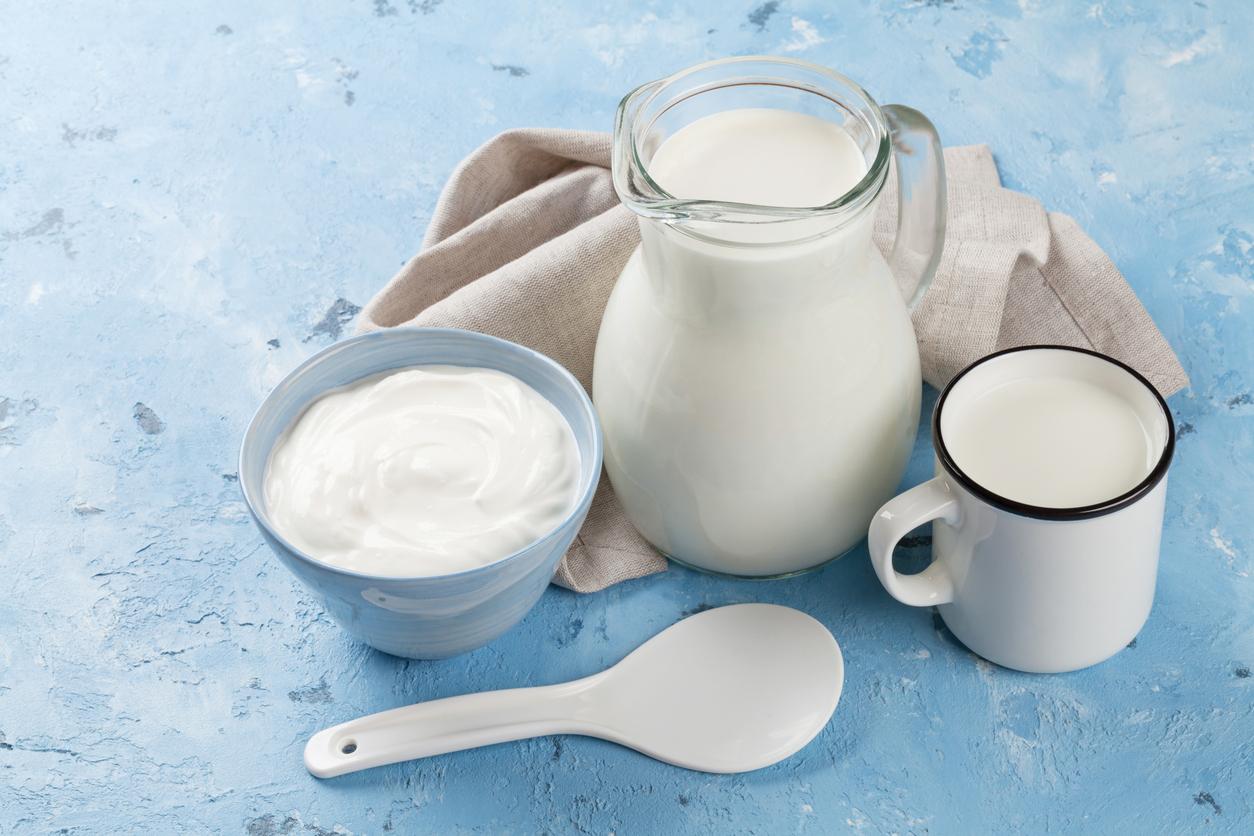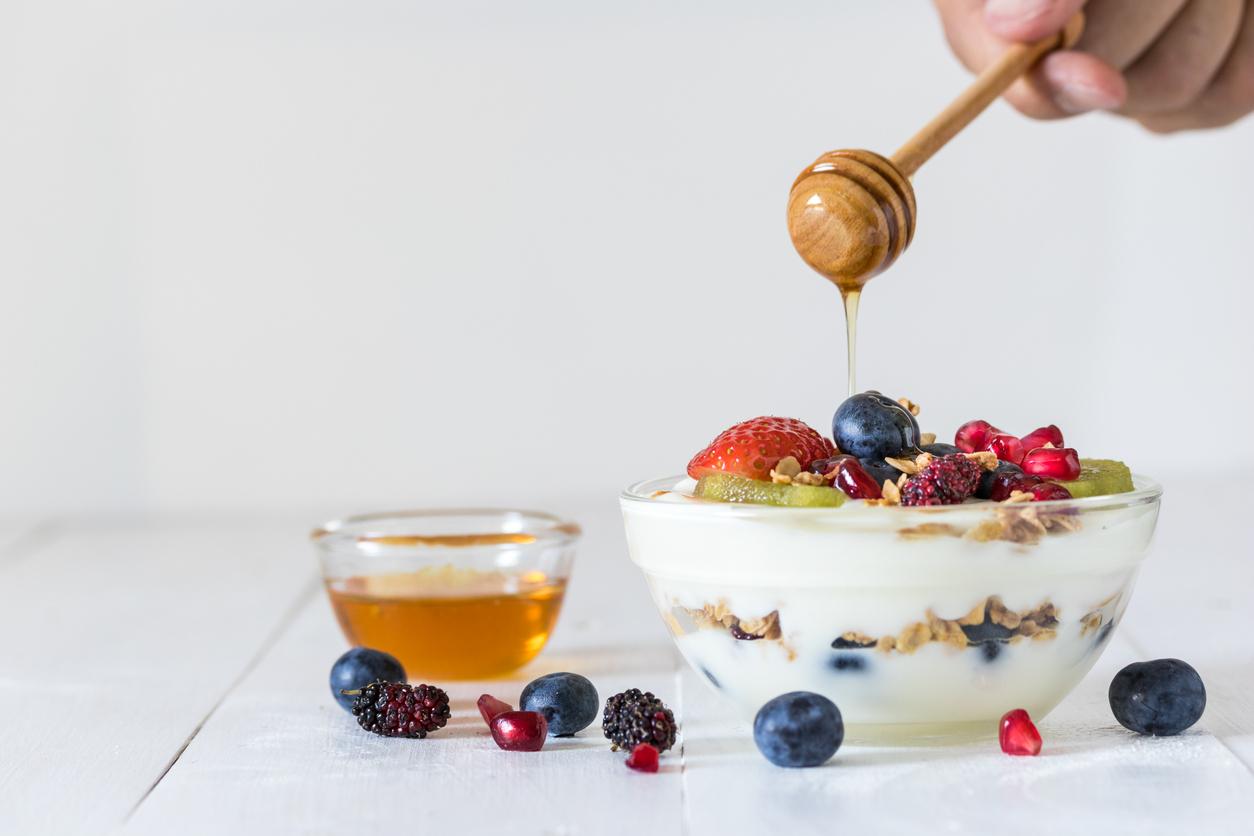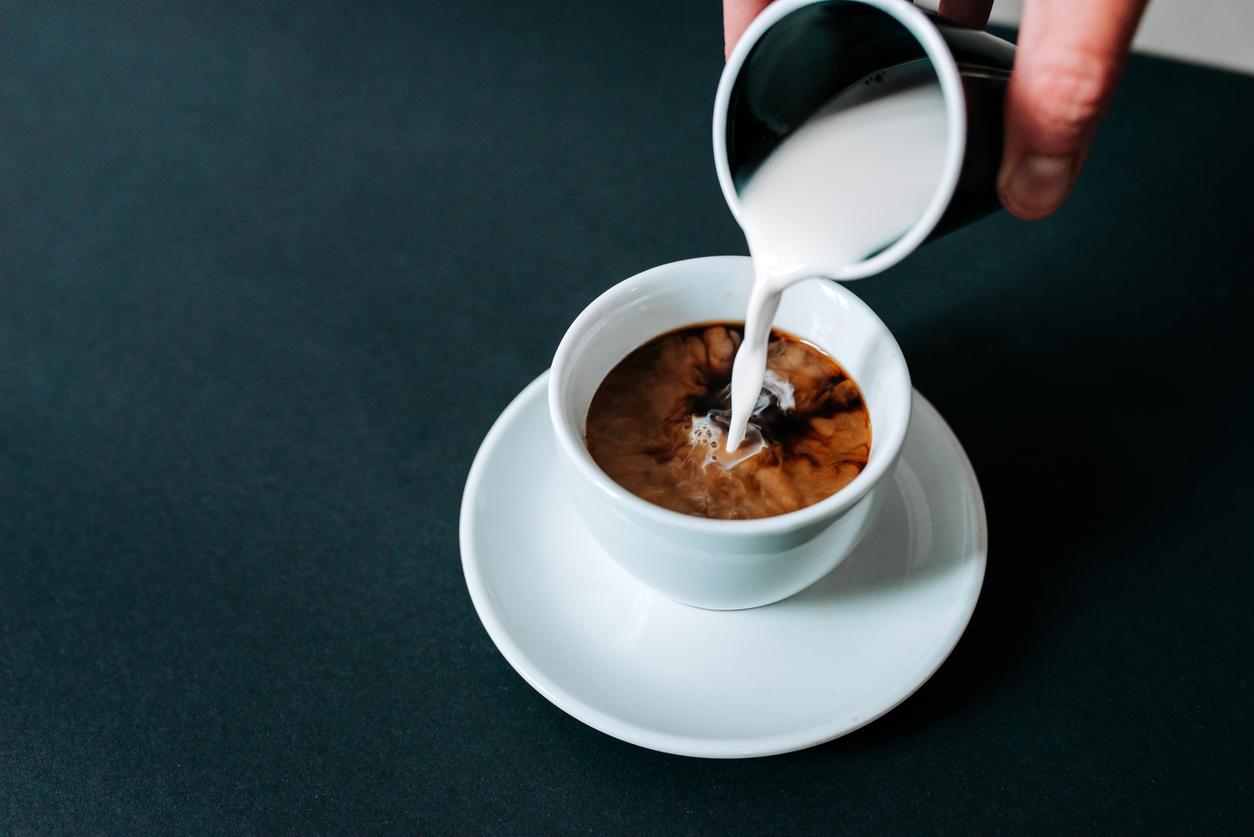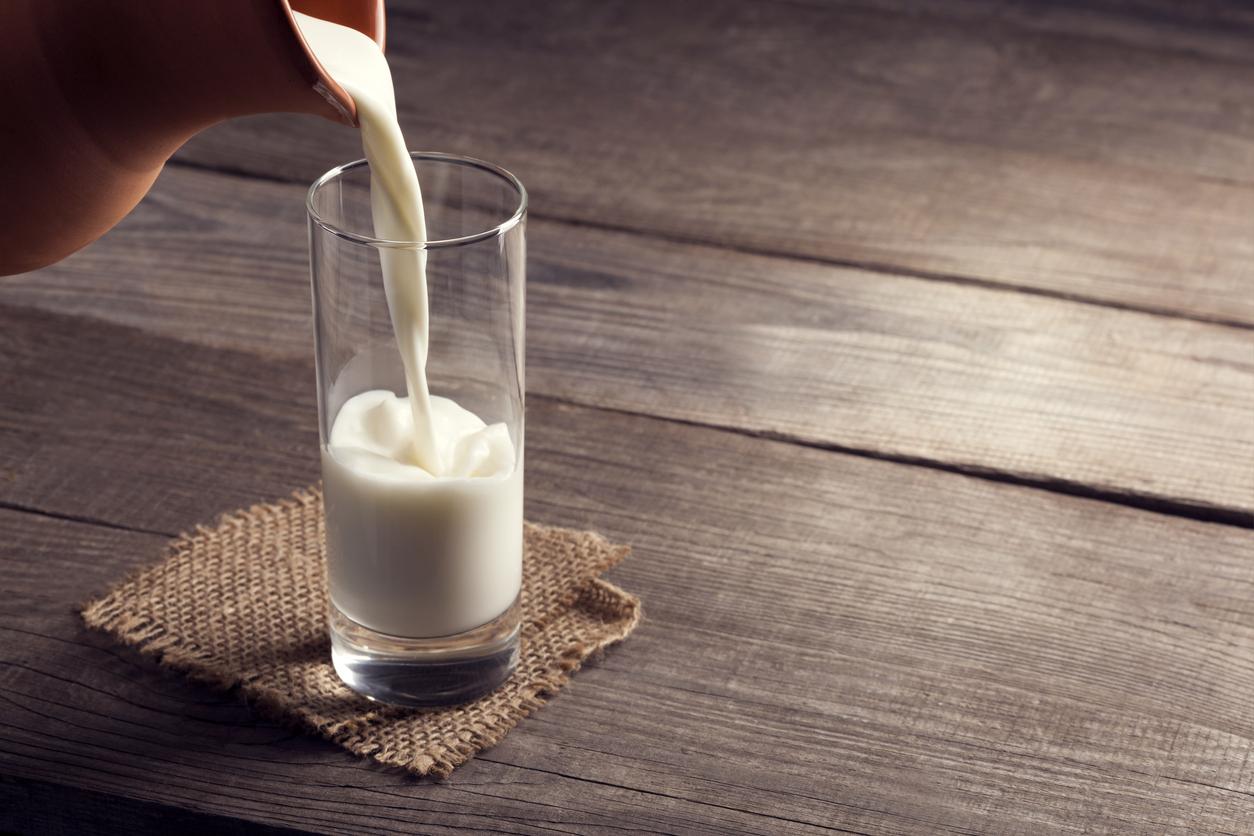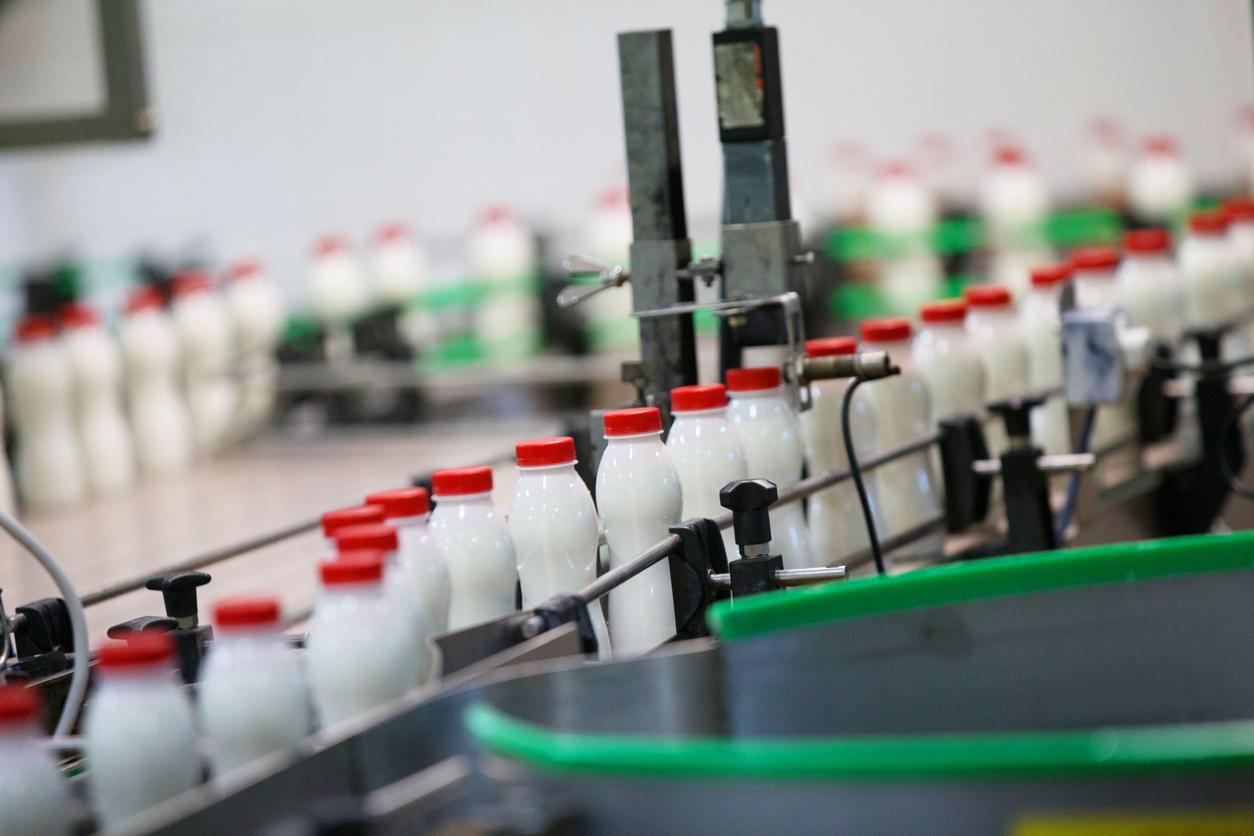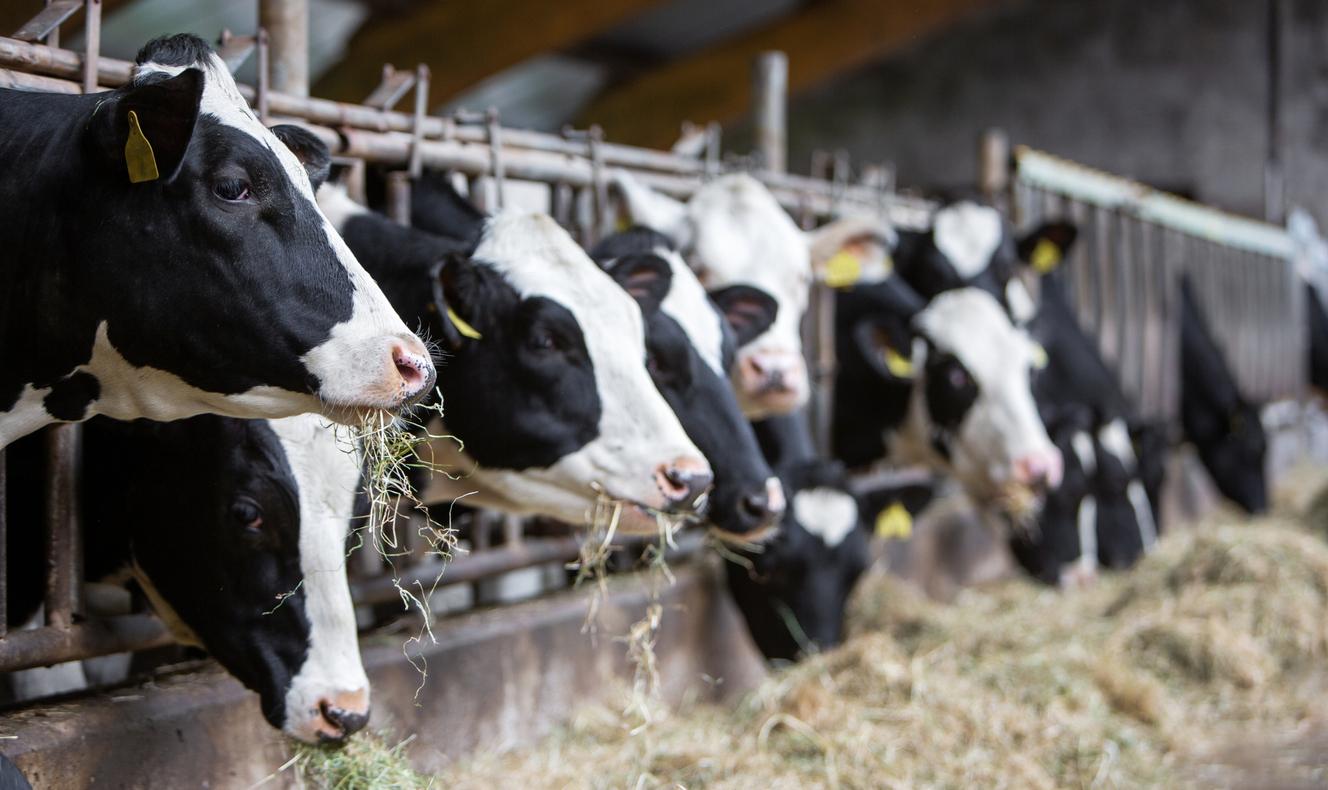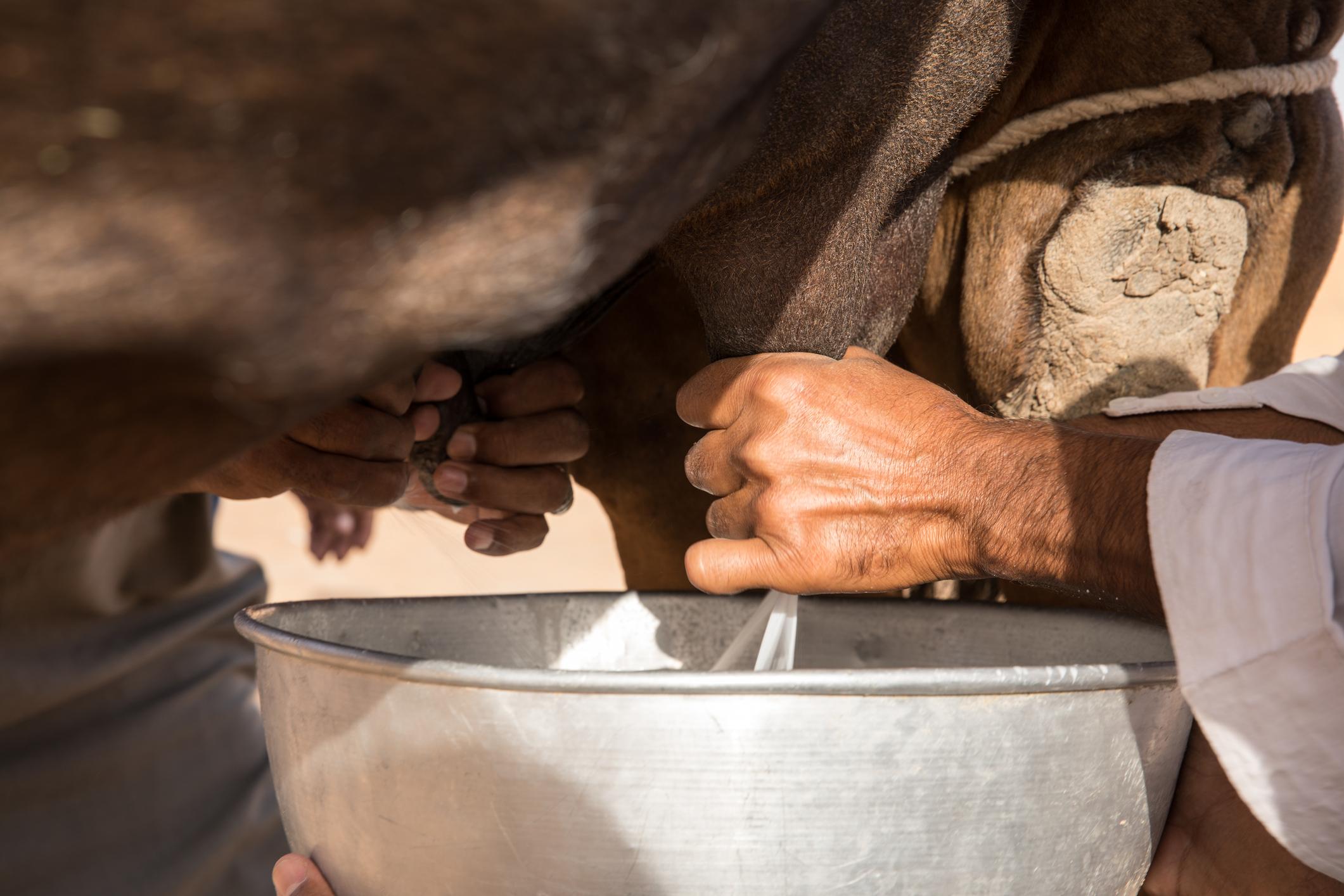Ice cream made from mare’s milk not only tastes better, but may also have beneficial probiotic qualities.
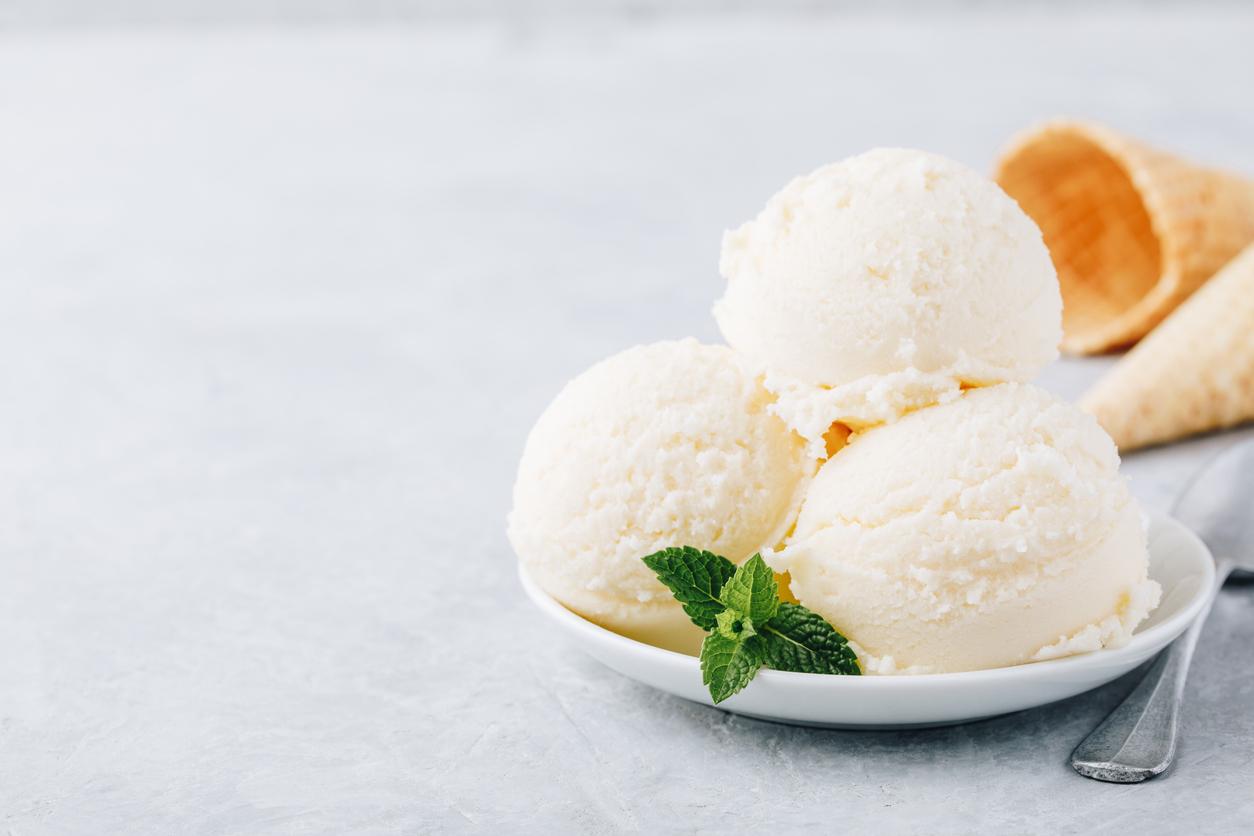
- Ice creams made from mare’s milk did not show significant differences in total solids, fat and protein content, but varied in acidity.
- All ice creams prepared from this ingredient showed high sensory quality.
- “Mare’s milk can be considered as a possible raw material for the production of ice cream,” the authors say.
The end of summer is approaching. However, ice cream consumption is not slowing down. In a recent study, published in the journal Plos Oneresearchers from the West Pomeranian University of Technology (Poland) wanted to assess the suitability of mare’s milk, which can be used to prepare kefir and fermented drinks, for the production of ice cream. They found “observed a growing interest” of this food in recent years because it has a low casein/whey protein ratio, low mineral content and high concentration of polyunsaturated fatty acids.
4 ice cream variations containing mare’s milk
For the purposes of the research, the scientists developed four variants of ice cream containing mare’s milk: ice cream with yoghurt bacteria with 2% inulin (YO+I) and without inulin (YO), synbiotic ice cream with 2% inulin, Lacticaseibacillus rhamnosus (LCR+I) and Lactiplantibacillus plantarum (LP+I). The mare’s milk used was obtained in the summer in Poland and pasteurized at 65 °C for 0.5 hours. It was divided into two batches, the first to prepare ice cream and the other to produce fermented milk. After pasteurization, the team cooled the milk to fermentation temperatures of 34 °C for 10 hours and divided it into three parts. Then, the authors performed sensory, physicochemical and textural analyses one day after production. In mare’s milk they tested for protein, fat, total solids content and titratable acidity expressed as percentage of lactic acid.
Ice cream: “mare’s milk can be considered as a possible raw material”
According to the results, mare’s milk contained 0.5% fat, 2.4% protein and 8.2% total solids, with a pH of 6.7, a density of 1.0 g/cm and a titratable acidity of 0.1%. “The resulting ice creams did not differ in protein, fat and total solids content, but varied in acidity. YO ice cream, the only one without inulin, had the highest acidity, suggesting that inulin decreases this parameter,” can be read in the work. Another observation: the overall sensory quality of the samples was similar, ranging from 17 to 18 points.
Regardless of the type of LAB starter culture and the addition of inulin, the samples had the same overrun (35–44%) and melting (74–80%) rates. However, the ice cream variant influenced the texture and color of the product. The researchers noted that all ice creams prepared from mare’s milk showed high sensory quality. Thus, “mare’s milk can be considered as a possible raw material for the production of ice cream”, scientists concluded.










